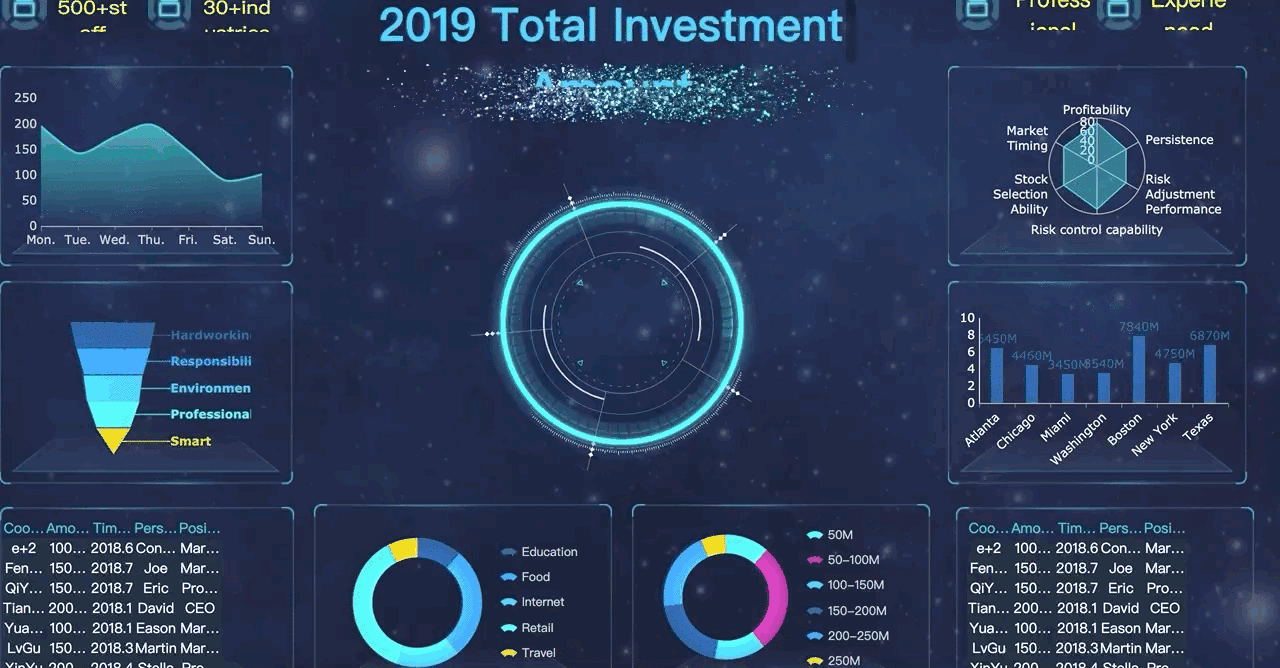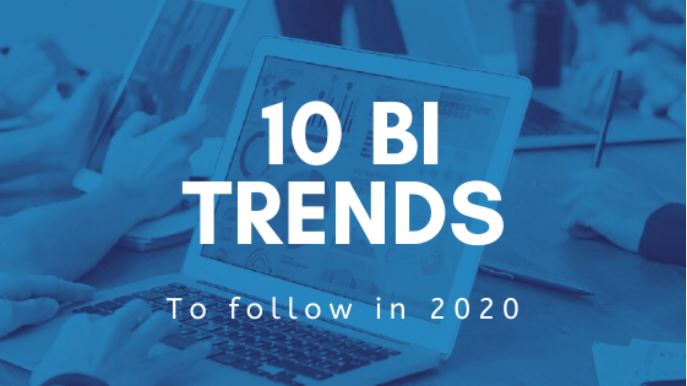Over the past decade, technology has transformed our lives in many ways. One prominent factor in this transformation has been the increased adoption of business intelligence (BI). From analyzing mobile usage patterns, shopping trends, and market dynamics, to the further development of e-commerce, the insights generated by BI have indeed opened new pathways for businesses.
With constant innovation of new technologies, 2019 was disruptive for BI. Evolutions in data science, machine learning, artificial intelligence, and the Industrial Internet of Things (IoT) have become synergized with BI to produce more powerful analytics, insights, and predictions than ever.
As a new decade dawns upon us, let’s take a look at how these BI technologies will continue to trend in 2020, and for what we should be prepared to see.
Trend #1: Data Quality Management
Data quality management (commonly abbreviated as (DQM) is a strategy and structure designed to improve data quality to achieve business outcomes.
How is it trending?
DQM is all about how a business acquires & manages high-quality data to implement towards business health and growth. More and more data quality applications are shifting from back-office functions like database cleanup to more strategic, revenue-generating practices.
Findings from a survey conducted by the Business Application Research Center indicate that the focus on data quality management will be the leading BI trend in 2020.
Trend #2: Data Visualization
Data visualization is a way to help make sense of data and information through visual representation in relevant charts, graphs, maps, plots, etc.
How is it trending?
Scrambling to glean insights from their data to prepare for business growth has long been a struggle for many organizations.

Data visualization makes it easier for business decision-makers to grasp difficult concepts or decipher new patterns from their data. The use of circle visualizations, steam graphs, and bar graphs are on the rise, and this trend is expected to continue in 2020.
Trend #3: Data-Driven Culture
Data-driven culture means enabling users at all levels of operations with insights that empower them to make informed decisions. Organizations are taking up digital transformation initiatives to bring analytics to the core of their everyday operations.
How is it trending?
Companies will continue to reinforce data-driven operations. They will focus on adopting technologies and mechanisms to collate data, analyze it, and make the insights available at all levels of operations.
Trend #4: Data Governance
Data governance means managing the availability, usability, integrity, and security of enterprise data. With the growing need for becoming data-driven, organizations will also continue to invest in data governance.
How is it trending?
As the volume of enterprise data grows, data professionals are moving towards the utilization of automated agents to help aggregate and curate so much information. In some cases, robotic process automation (RPA) is proving to be a valuable tool for enhancing and improving data governance.
Businesses are finding value in incorporating autonomous master data management (MDM) solutions, which can now be implemented far more quickly and efficiently than in years past.
Trend #5: Self-Service BI
Self-service BI is about taking advantage of a data analytics application that enables even non-technical users to access and break down corporate data.
How is it trending?
Self-service BI has been trending for some time, and we’re now at a tipping point where the analytics output of business users with self-service capabilities is surpassing the output of “professional” data scientists.
Self-service BI will continue to help businesses become more agile in 2020. It will open up more possibilities for analytics that are driven by individuals who hold a more comprehensive range of non-technical roles within their organizations.
Trend #6: Real-Time Analytics
Real-time analytics is the instantaneous analysis of data as soon as it becomes available. Users can gain insights or conclude data almost immediately.
How is it trending?
The advent of IoT, omnichannel sales and newer technologies require enterprises to be able to analyze data as soon as it gets created. Real-time analytics will continue to be in strong demand, especially in the manufacturing, data center, and security surveillance domains.
Trend #7: Machine Learning-Driven Analytics
Machine learning is based on systems being taught to learn and adapt on their own, correlate patterns in data to bring out deeper insights.
How is it trending?
Machine learning is will play a vital role in analytics by enabling users to analyze vast, unstructured data, identify patterns and bring out insights and predictions. The focus will be on making machine learning-driven analytics a part of everyday operations so that business users can get real-time predictions on their everyday tasks.
Trend #9: Embedded BI and Analytics
Embedded BI is about integrating the power of business intelligence for data analytics within native applications that businesses are already using.
How is it trending?
Enterprises are now focusing on unifying the technology experience for their users. Instead of switching between multiple applications, the preference is to have everything in one screen, and this is where embedded analytics will play a crucial role.
With embedded BI, business users will be able to access insights on their data within their applications. They would neither need to shift data or switch applications. This will not only expedite the speed of operations but also improve the efficiency and accuracy of operations.
Conclusion:
2020 will be an exciting year for BI. Innovations that started seeding in 2019, will become a part of real-world operations and will render more power to the business users.

